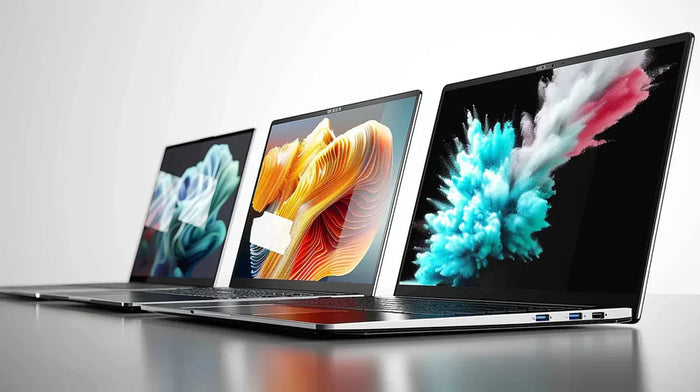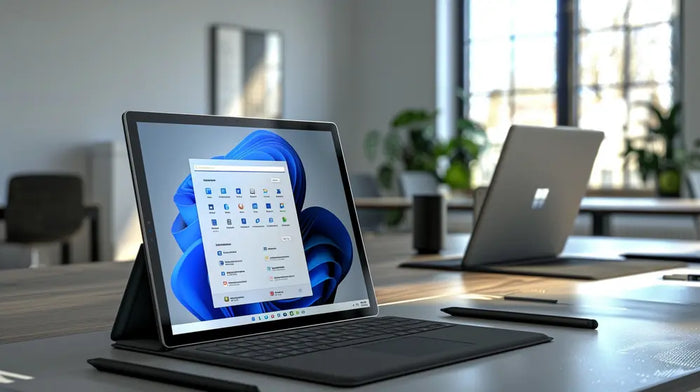USB (Universal Serial Bus) is a standard for connecting devices to computers and transferring data between them. Over the years, USB has evolved to offer faster speeds and improved features. Here's a breakdown of the differences between USB 2.0, USB 3.1, and USB-C 3.1 Gen 2:
USB 2.0: USB 2.0 is an older version of the USB standard, released in 2000. It offers a maximum data transfer rate of 480 Mbps (megabits per second). USB 2.0 ports and cables are commonly found on older devices and are still widely used for connecting peripherals like keyboards, mice, and printers.
USB 3.1: USB 3.1, released in 2013, is a significant upgrade over USB 2.0. It comes in two versions: Gen 1 (formerly known as USB 3.0) and Gen 2. USB 3.1 Gen 1 offers speeds up to 5 Gbps (gigabits per second), while USB 3.1 Gen 2 doubles that speed to 10 Gbps. USB 3.1 is backwards compatible with USB 2.0 devices, but to achieve the faster speeds, both the device and the host port must support USB 3.1.
USB-C 3.1 Gen 2: USB-C is a type of connector that can be used with various USB standards, including USB 3.1 Gen 2. USB-C connectors are reversible, meaning they can be plugged in either way up, making them more convenient than older USB connectors. When combined with USB 3.1 Gen 2, USB-C offers data transfer speeds of up to 10 Gbps, as well as faster charging capabilities and support for video output.
Explained Simply
Imagine these USB standards as different types of roads:
- USB 2.0 is like a narrow, single-lane road with a speed limit of 48 km/h (480 Mbps). It gets the job done but can be slow when there's a lot of traffic (data).
- USB 3.1 Gen 1 is like a wider, dual-lane highway with a speed limit of 500 km/h (5 Gbps). It allows for faster travel (data transfer) and can handle more traffic (data) simultaneously.
- USB 3.1 Gen 2 is like an even wider, four-lane expressway with a speed limit of 1,000 km/h (10 Gbps). It provides the fastest travel (data transfer) and can handle the heaviest traffic (data) with ease.
- USB-C 3.1 Gen 2 is like a modern, four-lane expressway with a speed limit of 1,000 km/h (10 Gbps) that also includes convenient features like reversible on-ramps (connectors) and additional services like fast-charging stations and scenic overlooks (video output).
In summary, USB 2.0, USB 3.1, and USB-C 3.1 Gen 2 offer progressively faster data transfer speeds and improved features, with USB-C 3.1 Gen 2 being the most advanced and versatile of the three.
Return to the technical glossary to learn more about the technology we reference throughout this website.



